Search
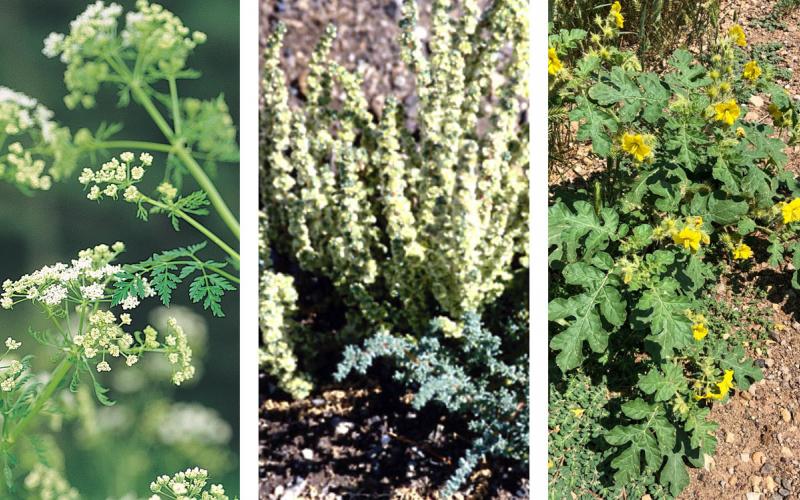
Poisonous Plants on Rangelands: Hemlock, Halogeton and Buffalo Bur
Several species of poisonous plants are invasive and can easily establish dense stands when there is a disturbance on rangelands. Hemlocks, halogeton and buffalo bur can all be found throughout South Dakota and are toxic to livestock.
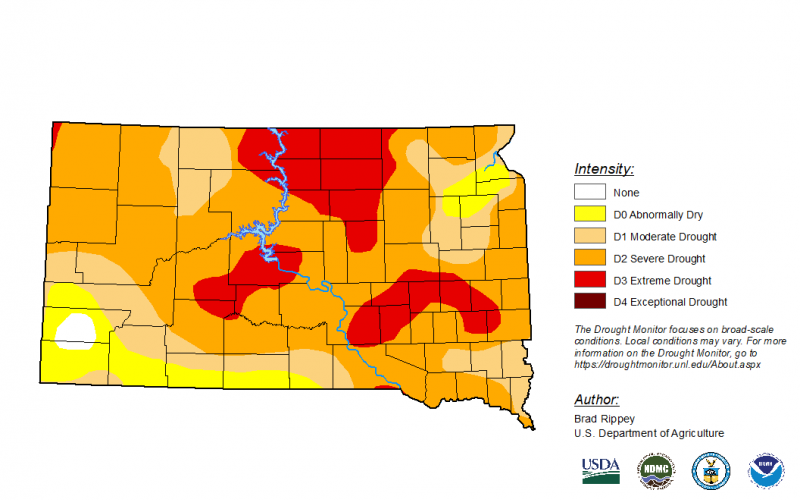
Controlling Grasshoppers, Salvaging Drought Corn Kick Off August Drought Hours
August 04, 2021
According to the latest U.S. Drought Monitor, nearly 18% of the state is in Extreme Drought (D3), while another 70% follows as Severe Drought (D2).
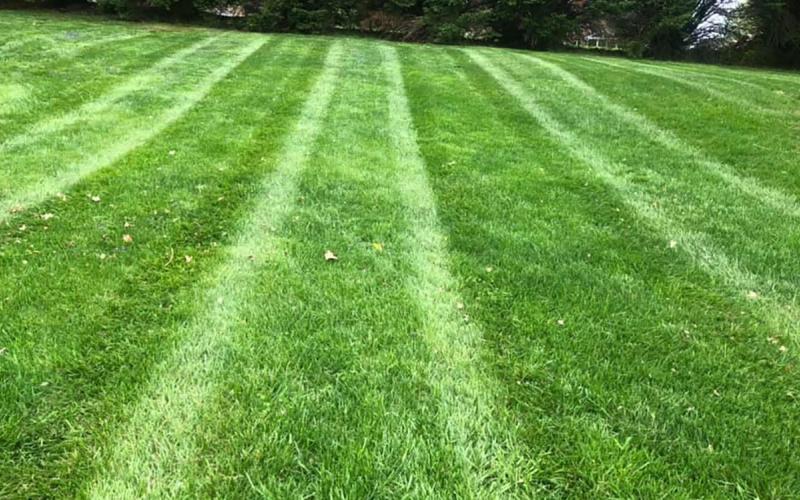
Use Caution With Turf Herbicide Applications During Extreme Heat and Drought
Dry conditions cause weeds to be under stress. This decreases herbicide effectiveness with annual, biannual and perennial plants. So, is there a safe option for weed control in yards during high temperatures and dry conditions?
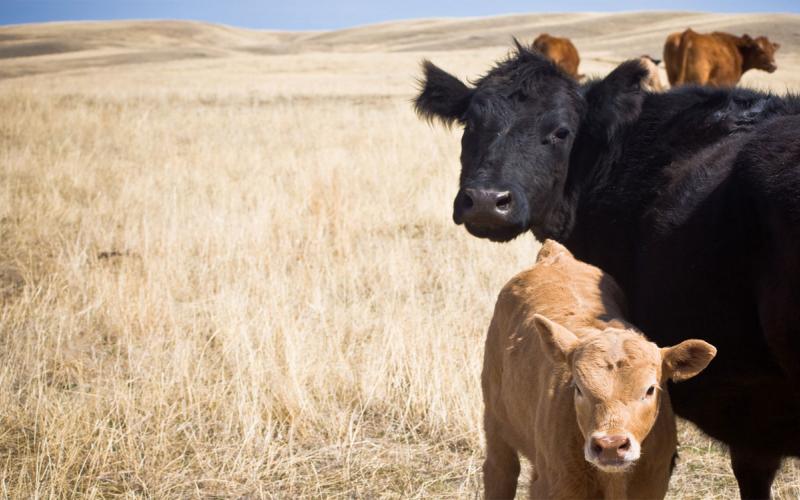
SDSU Extension to Provide Drought Resources, Water and Forage Testing at Dakotafest
August 05, 2021
South Dakota State University Extension invites crop and livestock producers to its new booth location, #216, at the 2021 Dakotafest in Mitchell, South Dakota.
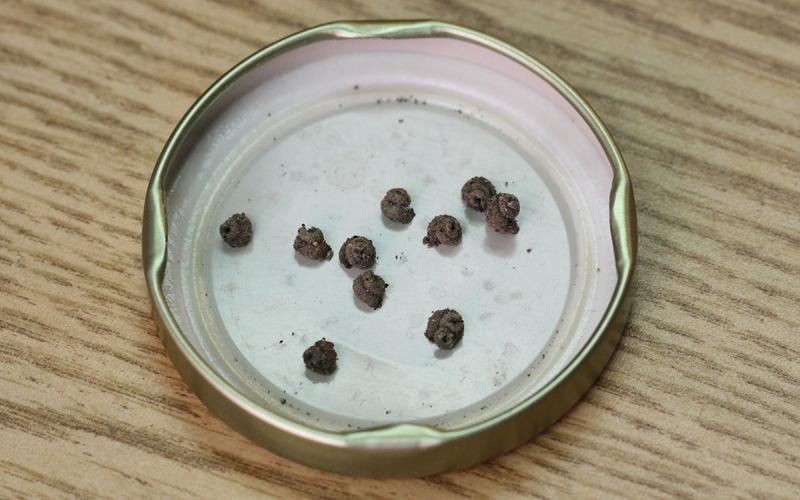
Snailcase Bagworms in South Dakota
A unique insect that has been observed in South Dakota is the snailcase bagworm. Snailcase bagworms are wingless moths that spend their entire life in spiral-shaped “snail” cases, which they build around themselves using a combination of silk, soil particles and fecal matter.
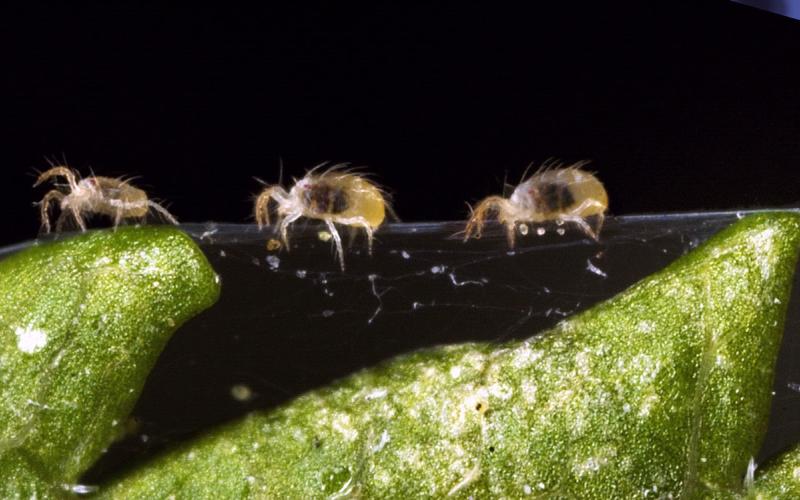
Two-Spotted Spider Mite Populations Reaching Threshold
Drought conditions have continued and worsened in much of South Dakota during this season. As a result, two-spotted spider mite populations have been present in most fields and have recently had large population growth in soybean fields throughout the state.
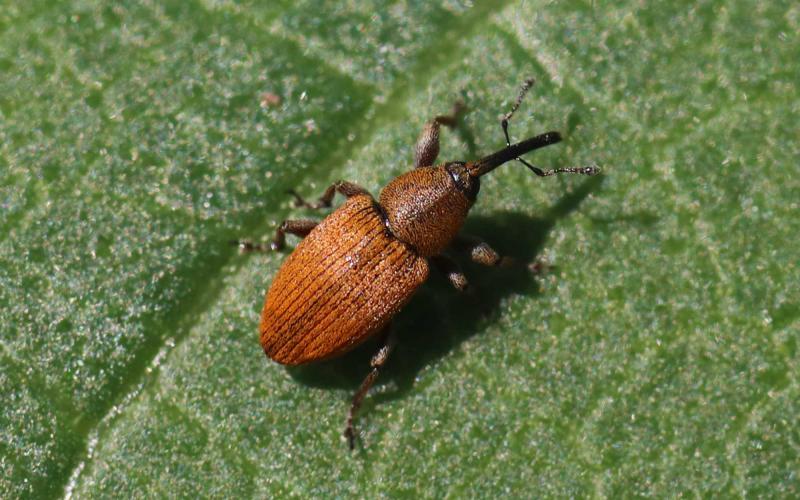
Red Sunflower Seed Weevils Are Active
Red sunflower seed weevils are active in South Dakota sunflowers. We noticed that many fields at R5 stages are already being sprayed, but scouting should still continue in those fields after application, and it should begin for fields that will reach the R5 stage within the next week.
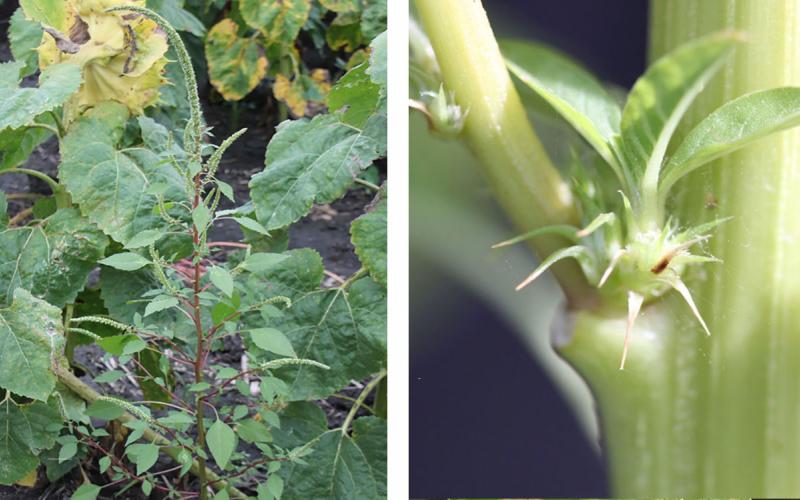
Palmer Amaranth: Now Is the Time to Scout
South Dakota State University (SDSU) Extension encourages farmers, ranchers and other landowners to start scouting for Palmer amaranth, a weed that has been rapidly spreading north into the United States and is likely to be glyphosate-resistant.
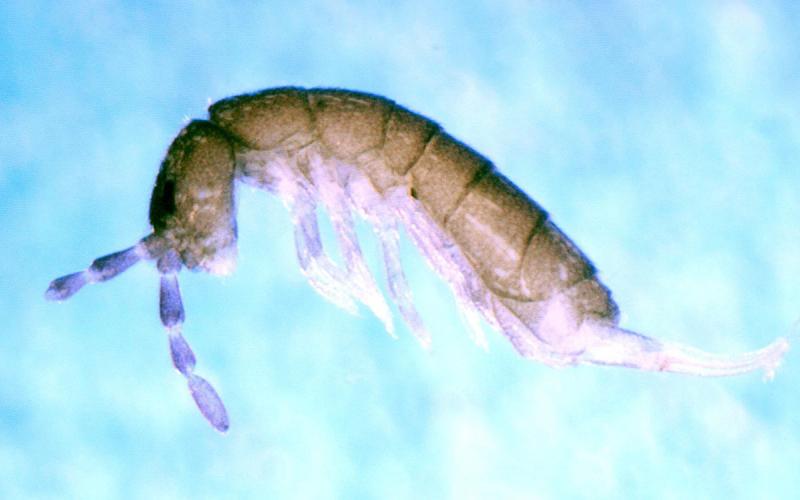
Springtails Are in My Home
During the last few weeks, we have been receiving an increased number of questions regarding very small insects that jump very far. It didn’t take long to determine that the hordes of small insects are springtails.
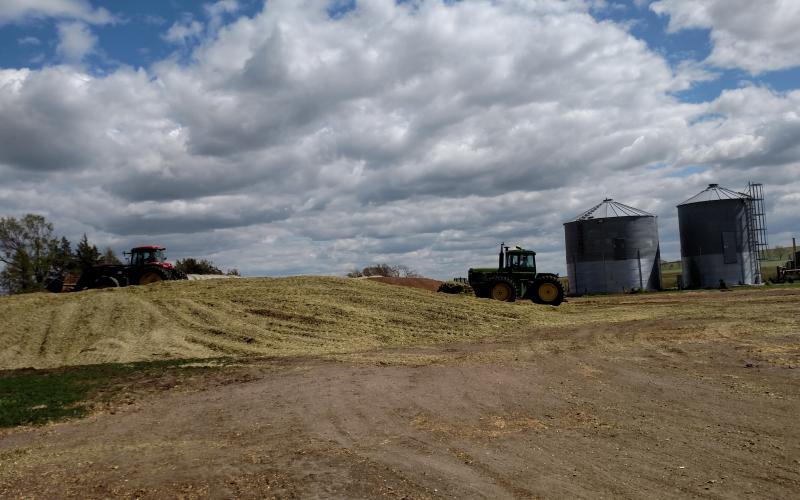
Salvaging for Silage: Tips to Minimize Loss, Maximize Value
August 09, 2021
With South Dakota rangeland and pastures rated 84% poor to very poor across the state, many cattle producers may be thinking about putting up silage for a feed source.